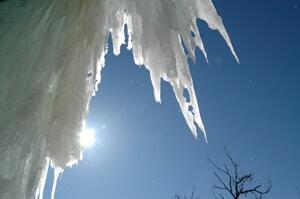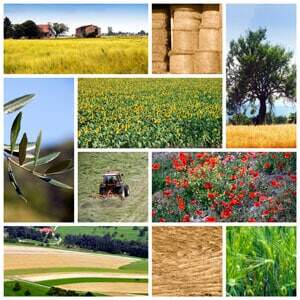 Today Envirosafe Solutions, suppliers of quality environmental cleaning products, delivers fascinating information on El Nino and its impact on Australia.
Today Envirosafe Solutions, suppliers of quality environmental cleaning products, delivers fascinating information on El Nino and its impact on Australia.
Australia might look small on the globe but its total area encompasses 7,686,850 square kilometers. Obviously, an area that large has very diverse environmental conditions. Some areas of Australia are dry, others wet and the terrain itself is equally diverse. Of late however, the Australian environment has become extreme and harsh. The droughts have become more severe and the bushfires more frequent that people can remember. In fact, as far as the Australian environment is concerned, nothing seems to be ‘normal’ any longer. Ever year brings with it some new surprises.1
Australian Droughts
The El Niño currents have a very strong influence on Australian environment especially the droughts. The El Niño currents mix with warm water in the east coast. The change in water temperature dramatically alters the Australian environment. In fact, scientists believe that in 1791 stronger than usual El Niño currents nearly wiped out the first settlers from Europe. Without the El Niño effect, droughts in Australia do not last more than a year. Of late however, the El Niño effect seems to have affected the Australian Winter crop as well. Every time Australia experiences an El Niño effect, the environment alters significantly enough to lower the crop yields by as much as 50%. Worse, apart from the winter crop, the sheep pastures too seem to be adversely affected. 2
Bushfires
Strangely enough, the El Niño effect seems to be having a positive aspect as well. For example, a few months after the devastating bushfire of February 2009, which claimed 173 lives and a vast number of homes, there was a lush carpet of green moss on the forest floor. The El Niño effect, which results in high atmospheric moisture, seems to have done the environmental miracle. 3
Controlled Burn
Once the government authorities understood the El Niño effect on the Australian environment, they began the process of the controlled burn. Before the El Niño takes effect, the local authorities burn the dry leaves and dead twigs and trees. The burn done under controlled conditions ensures that the fire does not get out of control nor does any damage to property. 4
Lake Eyre and the El Niño dance
For those who have not been there, 200 million years ago, Lake Eyre in South Australia, was once a shallow sea that separated the two parts of Australia. Today it is just a massive environmentally sensitive flood plain. When El Niño strikes, Lake Eyre turns into a dry, fly ravaged barren land. In fact, it looks so desolate that you would be forgiven for assuming it devoid of life and yet, nowhere is the miracle of life more evident than at Lake Eyre. One rain shower and life springs up almost in the blink of an eye. Lake Eyre and El Niño have been dancing the dance of life and death for a very long time. 5
From an environmental point of view, there is little that Australia can do to stop the El Niño currents. However, much can be done to prevent adverse effects of El Niño and use it to our advantage.
Envirosafe Solutions supplies Environmental cleaning products to industry, businesses and organisations and homes. Telephone 1300 889070 for more information about quality environmental cleaning products.
Footnotes and references:
1. Australian environment: http://en.wikipedia.org/wiki/Climate_of_Australia
2. Draughts in Australia: http://en.wikipedia.org/wiki/Drought_in_Australia
3. Bushfires in Australia: http://en.wikipedia.org/wiki/Bushfires_in_Australia
4. Controlled burn: http://en.wikipedia.org/wiki/Controlled_burn
5. Lake Eyre: http://en.wikipedia.org/wiki/Lake_Eyre

































